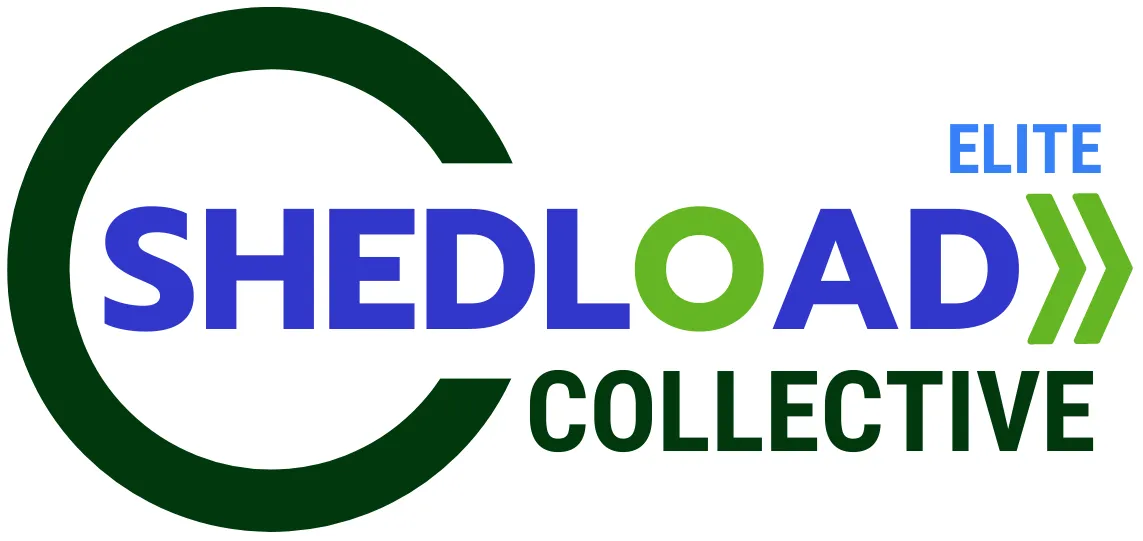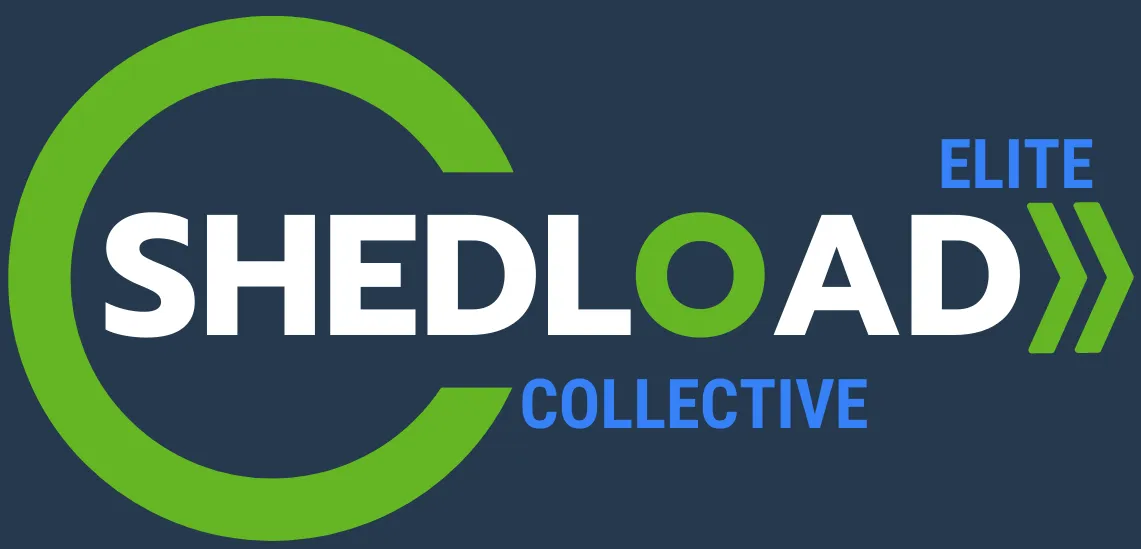
Using The Principles Of Profit Acceleration And Our Profit Acceleration Software (PAS) To Benefit A Small Business By Increasing Prices
Strategically increasing prices is one of the most powerful levers for Profit Acceleration, often leading to significant bottom-line impact with minimal additional costs. However, it must be done strategically and fairly, ensuring that customers perceive the value aligns with the price, which is where Marginal Utility Theory becomes critical. The Profit Acceleration Software™ provides the data and analytical power to navigate this delicate balance.
Strategic and Fair Price Increases for Accelerated Profit
Raising prices isn't just about putting a higher number on your products or services. It's about optimizing your pricing strategy to reflect the true value you deliver, capture a fair share of the marginal utility your customers receive, and do so in a way that strengthens customer relationships rather than eroding them. The Profit Acceleration Software™ allows us to analyze demand, costs, perceived value, and competitor pricing to identify these opportunities precisely.
Here's what you should be looking for and how to go about increasing prices in a strategic and fair way, exploring at least five key areas:
1. Value-Based Pricing: Aligning Price with Perceived Utility
This approach sets prices primarily on the perceived value to the customer rather than solely on the cost of production. Customers will pay more if they believe the additional utility (satisfaction, benefit, problem solved) they receive from your product/service is high.
What to Look For: Unique features, superior quality, exceptional results, time savings for the customer, emotional benefits, or problems you solve that competitors don't. These represent high marginal utility for the customer.
How Profit Acceleration Software™ Helps:
Value Quantification: The software can help model the quantifiable benefits your customers receive (e.g., time saved, revenue generated, pain alleviated) and translate this into a justification for a higher price point.
Feature-Benefit Analysis: It helps identify which features or aspects of your offering contribute most significantly to customer satisfaction and loyalty, allowing you to price accordingly.
Customer Segmentation: Identifies segments where the perceived value (marginal utility) for your offering is highest, enabling targeted price increases.
Concrete Example (High-End B2B Marketing Automation Software):
A SaaS company providing marketing automation found its core features saved clients an average of 10 hours per week per marketing specialist. They were priced competitively but below perceived value.
Action: Used the software to quantify the value of 10 hours saved per week (e.g., $500/week for a mid-level specialist) and increased the price of their "Premium" tier by 20%, justifying it with expanded support and a new advanced analytics dashboard that further improved campaign ROI for clients.
Potential Outcome: Despite the price increase, client retention remained at 98%, and new sign-ups for the Premium tier increased by 15%. This boosted their Average Revenue Per User (ARPU) by 10% and their overall monthly recurring revenue (MRR) by 8%, translating to an additional $20,000 in monthly revenue without losing clients or increasing ad spend, directly reflecting the high marginal utility of time and performance.
2. Segmented Pricing: Charging Different Groups Differently (Fairly)
Not all customers value your offerings equally, nor do they have the same price sensitivity. Strategic segmentation allows you to capture more value from different market segments in a fair way, reflecting their varying marginal utility.
What to Look For: Diverse customer base with different needs, usage patterns, or budget constraints; opportunities for different service levels or product configurations.
How Profit Acceleration Software™ Helps:
Elasticity Analysis per Segment: The software can analyze the price elasticity of demand for different customer segments, allowing you to identify which groups are less sensitive to price increases (higher marginal utility for your offering) and which might respond better to value-added options.
Tiered Pricing Modeling: It helps model the profitability of introducing different pricing tiers (e.g., Basic, Standard, Premium) or usage-based pricing models, ensuring each tier offers unique marginal utility that justifies its price point.
Concrete Example (Community Fitness Center):
A local fitness center had a single membership price. The software revealed that students and seniors had lower price sensitivity for off-peak access (lower marginal utility for "anytime" access), while busy professionals sought premium features regardless of price (higher marginal utility for convenience/variety).
Action: Introduced a "Basic Off-Peak" membership at a 15% lower price for students/seniors and a "Premium Plus" membership (including unlimited classes, personal training consultations, and 24/7 access) at a 30% higher price for professionals.
Potential Outcome: The lower-priced tier attracted 10% more off-peak members, while 8% of existing members upgraded to Premium Plus. This strategic segmentation, recognizing differing marginal utility values, led to an 8% increase in overall monthly membership revenue, adding approximately $2,500 in profit per month, without alienating any core group.
3. Dynamic Pricing & Yield Management
For businesses with fluctuating demand or perishable inventory (like services or event tickets), dynamic pricing allows you to adjust prices based on real-time market conditions.
What to Look For: Peak and off-peak demand cycles, unsold inventory (e.g., empty seats, unbooked appointments), last-minute bookings, or seasonal demand shifts.
How Profit Acceleration Software™ Helps:
Demand Forecasting: The software can analyze historical data and current trends to predict demand fluctuations, allowing for proactive price adjustments.
Optimization Algorithms: It can run simulations to determine optimal price points for different times, days, or availability levels to maximize revenue from limited capacity. The marginal utility of a last-minute slot to a desperate client is high, justifying a premium. The marginal utility of an empty slot is zero, so selling it at a discount is better than losing the revenue entirely.
Concrete Example (Hair Salon):
A busy hair salon experienced peak demand on Fridays/Saturdays but often had empty slots mid-week.
Action: Using insights from the software, they implemented a dynamic pricing strategy: a 10% premium for peak Friday/Saturday appointments and a 15% discount for Tuesday/Wednesday afternoon appointments booked within 24 hours.
Potential Outcome: This increased their overall appointment utilization by 10%, filling previously empty slots. The peak pricing added $500 in weekly revenue, while the off-peak discounts generated an additional $700 in weekly revenue from new clients. Overall monthly revenue increased by 6%, translating to $1,500 in additional profit per month.
4. Cost-Plus with Strategic Value Add
While cost-plus pricing (adding a markup to your costs) can be simple, it often fails to capture true value. However, it's essential to understand your costs to ensure profitability. Combining it with strategic value adds allows for fair, justified price increases.
What to Look For: Eroding profit margins due to rising input costs, difficulty justifying price increases to customers, or undervaluing your indirect costs (e.g., overhead, expertise).
How Profit Acceleration Software™ Helps:
Precise Cost Analysis: The software provides a detailed breakdown of your costs (direct, indirect, fixed, variable), allowing you to understand exactly what price point you need to maintain target margins.
Value-Add ROI: It helps model the financial impact of adding new services or guarantees (low cost, high perceived marginal utility for the customer) to justify a higher price increase.
Concrete Example (Custom Home Builder):
A custom home builder faced rising material costs (e.g., lumber prices up 15%). Simply passing this on as a price hike could alienate clients.
Action: The software helped them identify that to maintain a 20% profit margin, they needed a 10% price increase on their base models. To justify this, they added a "Smart Home Ready" package (pre-wiring for smart tech, premium insulation for energy efficiency) at a very low additional cost to them but high perceived future utility for the client.
Potential Outcome: Despite the price increase, client conversion rates remained high (90% closing rate) due to the added value. This prevented a potential 3% margin erosion and allowed them to maintain profitability, securing their competitive position by offering modern value that clients highly appreciated (high marginal utility for future-proofing and energy savings).
5. Price Anchoring & Framing
How you present your prices significantly influences how customers perceive them. Strategic anchoring can make your desired price appear more reasonable or even a bargain.
What to Look For: Customers gravitating only to your lowest-priced options, difficulty upselling, or competitors making your prices seem high in comparison.
How Profit Acceleration Software™ Helps:
Offer Mix Optimization: The software can model how introducing a new, higher-priced "anchor" product or service impacts the conversion rates and perceived value of your target "middle" or "premium" offers.
Revenue Mix Impact: It projects how changes in your product/service lineup and their pricing influence your overall Average Revenue Per User (ARPU) and total revenue. It leverages the concept that consumers often make choices based on relative rather than absolute value.
Concrete Example (Online Course & Training Provider):
An online course provider primarily sold a $199 self-study course. They wanted to sell more of their $499 "Mastery Bundle" but found it a hard sell.
Action: They introduced a new, very high-end "Executive Coaching Program" priced at $1,999 (the anchor). They then repositioned the $499 "Mastery Bundle" as their "most popular, best value" option, framing it against the new, much higher anchor.
Potential Outcome: While few purchased the $1,999 program, its existence made the $499 "Mastery Bundle" seem significantly more affordable and appealing (increased perceived marginal utility for its price point). Conversions for the Mastery Bundle increased by 20%, leading to an 8% increase in overall monthly revenue and an increase of $15,000 in monthly revenue from this strategic pricing change alone, shifting customers to higher-value offerings.
By leveraging the Profit Acceleration Software™ , The Elite Shedload Collective helps you implement these sophisticated pricing strategies. We move beyond simple guesswork to data-driven decisions, ensuring that every price increase is fair, justified by value, and contributes directly to the accelerated and sustainable profitability of your business.
Need help putting this into action? Find us anytime. We’re happy to help.
Do you want to try a Simulator Version of our Profit Acceleration Software? Take it for a free Test Spin and see where you’re losing money.
Or, simply access our Free Training with no forms to fill out!
Are you interested in learning more about our different coaching offerings? Feel free to contact us anytime and check out our wide range of services to support whatever short or long term needs you’re currently facing. By leveraging the Profit Acceleration Software™ (PAS), The Elite Shedload Collective offers a unique advantage. We don't just provide qualitative Coaching and support; we bring data-driven precision with quantitative financial proof to every aspect of your business, ensuring that your efforts to solve these problems translate directly into measurable financial gains and sustained growth.



